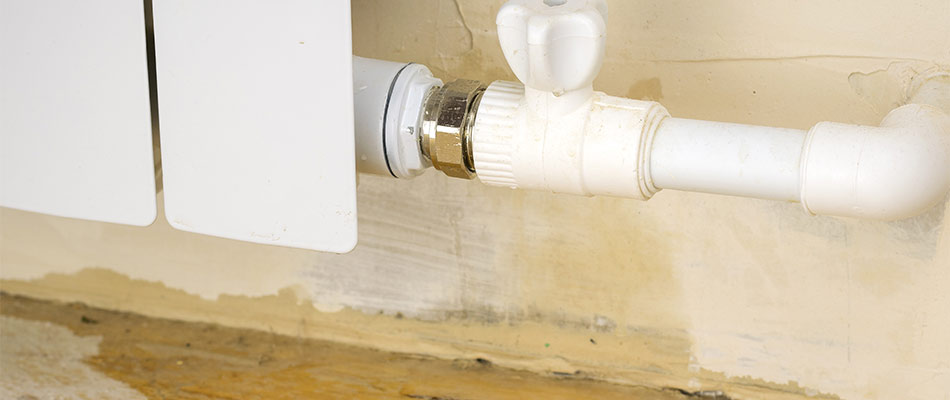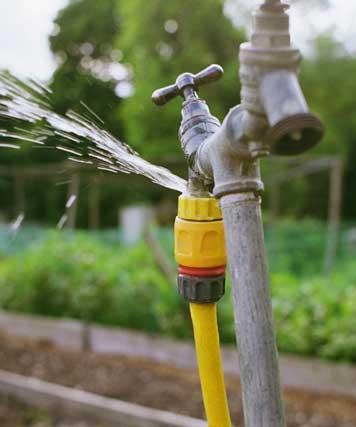Were you hunting for guidance around Top leak detection hacks?

Early detection of leaking water lines can mitigate a potential catastrophe. Aside from conserving you cash, it will minimize the aggravation and aggravation. The minute you locate a leak, calling your plumber for repair work is the very best remedy. Some small water leaks might not be visible. If you can not spot it with your naked eyes, right here are some hacks that help.
1. Analyze the Water Meter
Inspecting it is a surefire means that aids you find leakages. If it moves, that indicates a fast-moving leak. This suggests you may have a sluggish leakage that might even be underground.
2. Check Water Consumption
Evaluate your water bills and track your water usage. As the one paying it, you should notice if there are any disparities. If you spot sudden changes, regardless of your intake being the same, it suggests that you have leaks in your plumbing system. Keep in mind, your water costs ought to fall under the same variety every month. A sudden spike in your expense indicates a fast-moving leakage.
On the other hand, a constant rise on a monthly basis, even with the exact same habits, reveals you have a slow leakage that's additionally gradually rising. Call a plumber to extensively inspect your home, particularly if you feel a warm location on your flooring with piping underneath.
3. Do a Food Coloring Test
When it involves water consumption, 30% comes from bathrooms. Examination to see if they are running appropriately. Decline flecks of food shade in the tank and also wait 10 mins. There's a leak in between the storage tank and also bowl if the shade somehow infiltrates your dish throughout that time without flushing.
4. Asses Exterior Lines
Don't forget to check your outside water lines as well. Ought to water leak out of the link, you have a loosened rubber gasket. One little leakage can waste tons of water and also spike your water costs.
5. Analyze the circumstance and check
Property owners must make it a habit to check under the sink counters as well as also inside cupboards for any type of bad odor or mold growth. These 2 red flags suggest a leak so prompt focus is required. Doing routine inspections, also bi-annually, can save you from a significant trouble.
Extra importantly, if you recognize your home is already old, keep a watchful eye on your heating units, hoses, pipes etc. Check for discolorations as well as deteriorating as many pipelines as well as appliances have a life expectancy. They will certainly additionally normally wear away due to deterioration. If you think dripping water lines in your plumbing system, don't await it to rise. Call a professional plumber right now so you do not end up with a dreadful mess in your house.
Early detection of leaking water lines can minimize a potential catastrophe. Some tiny water leaks may not be noticeable. Checking it is a proven way that assists you discover leakages. One little leak can squander lots of water and spike your water bill.
If you think leaking water lines in your plumbing system, don't wait for it to intensify.
WARNING SIGNS OF WATER LEAKAGE BEHIND THE WALL
PERSISTENT MUSTY ODORS
As water slowly drips from a leaky pipe inside the wall, flooring and sheetrock stay damp and develop an odor similar to wet cardboard. It generates a musty smell that can help you find hidden leaks.
MOLD IN UNUSUAL AREAS
Mold usually grows in wet areas like kitchens, baths and laundry rooms. If you spot the stuff on walls or baseboards in other rooms of the house, it’s a good indicator of undetected water leaks.
STAINS THAT GROW
When mold thrives around a leaky pipe, it sometimes takes hold on the inside surface of the affected wall. A growing stain on otherwise clean sheetrock is often your sign of a hidden plumbing problem.
PEELING OR BUBBLING WALLPAPER / PAINT
This clue is easy to miss in rooms that don’t get much use. When you see wallpaper separating along seams or paint bubbling or flaking off the wall, blame sheetrock that stays wet because of an undetected leak.
BUCKLED CEILINGS AND STAINED FLOORS
If ceilings or floors in bathrooms, kitchens or laundry areas develop structural problems, don’t rule out constant damp inside the walls. Wet sheetrock can affect adjacent framing, flooring and ceilings.
https://www.servicemasterbyzaba.com/blog/how-to-detect-water-leakage-in-walls/

I found that piece of writing on Locating water leaks when exploring the internet. Sharing is good. You never know, you could be helping someone out. Bless you for your time. Visit again soon.